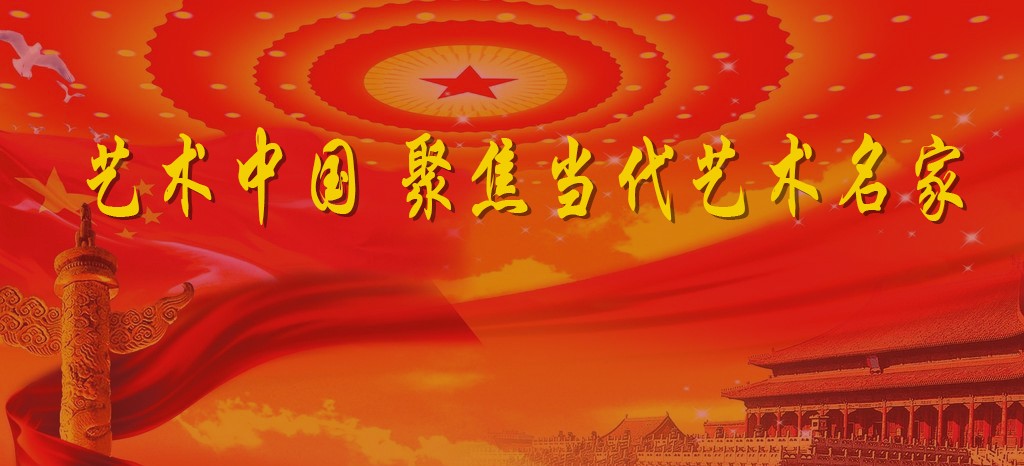
Born in Wuzhong, Ningxia in the 1960s, he is currently a director of the "Hanlin Calligraphy and Painting Academy" in Beijing and the president of the "Starlight Calligraphy and Painting Institute" in Ningxia, won the gold medal in the 2020 "Ink Yun China" National Calligraphy and Painting Exhibition, won the title of "2020 National Essence Cultural Inheritor" in the National Calligraphy and Painting Works Selection Activity, was hired as the vice president of the Beijing Jinghuage Calligraphy and Painting Institute in December 2020, and won the "Gold Award" in the 2021 "Hundred Flowers Welcoming Spring" National Calligraphy and Painting Competition.
Chinese calligraphy has continued to develop with the history of China, from the earliest oracle bones to the subsequent bronze script, and then to the formation of calligraphy systems such as small seals, lishu, and calligraphy. At each stage of history, different calligraphy habits and styles were born. This may be due to the change of dynasties, or it may be social change. The history of Chinese calligraphy is actually a clear profile of Chinese history.
Because of this, Zhang Jizong, who has loved calligraphy since childhood, immersed himself in the study of ancient inscriptions, studied hard, and gradually formed his own style on the basis of ancient methods.
On the basis of small seals and hieroglyphs, Zhang Jizong posted ancient posters such as "Cao Quan Stele" and "Zhang Qian Stone Stele". "Cao Quan Stele" is a representative work of the Han Dynasty Lishu, known for its elegant style and uniform body, and has been highly respected by successive generations of calligraphers. Modern calligrapher Fei Shengsai commented on the Cao Quan Stele: "This stele is beautiful in calligraphy, flowing and changeable in glyphs, and is one of the famous Han Li -" Zhang Jizong boldly innovated in the style of his predecessors, and his calligraphy works preserved the will of hieroglyphs and painted them into objects. And in the Lishu is even more advanced - step, Zhang Jizong's Lishu Qingxiu, the pen power through the back of the paper, deeply loved by painting and calligraphy lovers at home and abroad, the work has participated in many domestic competitions and won awards.
In March 2015, Zhang Jizong was invited to participate in the "Chinese Mao Zedong Poetry and Calligraphy Works Exhibition" and won the third prize, and was awarded the title of "Calligraphy Artist". In May 2015, Zhang Jizong won the first prize in the "Blood Casting Monument" National Calligraphy and Painting Masterpiece Competition and was awarded the title of "China's Top 100 Calligraphers and Painters". In July 2015, in the "National Calligraphers' Works Competition commemorating the 70th Anniversary of the Publication of Mao Zedong's Poem "Qinyuan Chun Xue"), Zhang Jizong won the second prize of the competition for his exquisite calligraphy skills and was awarded the title of "People's Calligraphy Artist". In August of the same year, Zhang Jizong won the -prize in the "Ode to Peace in China" National Art Calligraphy and Painting 100 Invitational Competition. In August 2016, Zhang Jizong won the first prize in the "Tengwangge Cup" National 10th - National Literary and Art Grand Prix. Studying calligraphy since childhood, Mr. Zhang has won the recognition of industry experts and calligraphy enthusiasts with his diligence, persistence and perseverance, and these awards are the result of his own efforts. What is even more rare is that the content of his selected works exudes a strong sense of national pride and patriotism. Worthy of the title of "People's Calligraphy Artist".
In traditional art, the field of calligraphy pays special attention to inheritance. The ancient thesis has a long history and is a treasure handed down by ancient literati or calligraphers, with a very high artistic standard. Zhang Jizong has long been suffering from famous monuments, absorbing learning and cultivating, and feeling innovation. For him, in addition to his preference for the ancient thesis itself, Teacher Zhang feels that as a calligrapher, he has the responsibility to inherit the ancient thesis and inherit the traditional calligraphy. "A cup of tea in the bright moon, a thousand books in the breeze"! Writing day after day, year after year- year after year, such a life may seem slightly boring to others. But Zhang Jizong is tireless, his love can withstand the long years, and between pen and ink, it is his freehand life.